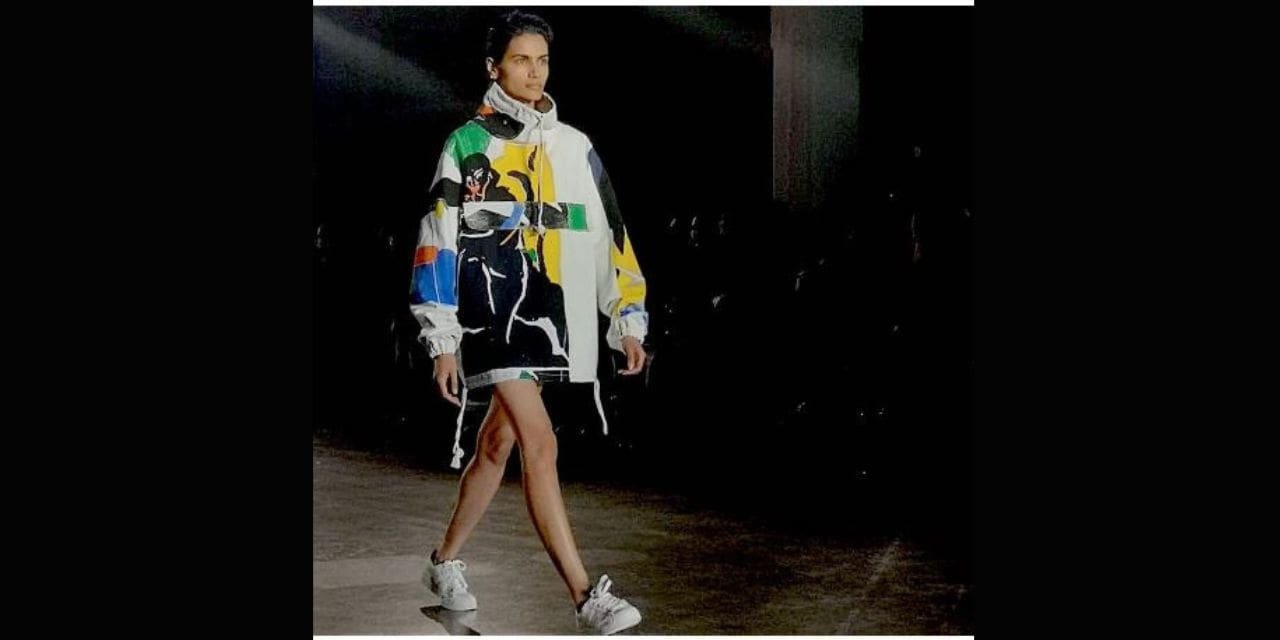-By Ankita Dutta
“If you create at a human pace, it can be sustainable, as the slower pace gives Mother Earth time to replace its resources – a mechanised pace becomes unsustainable.”- Rahul Mishra (Fashion Designer)
“Everyone can do simple things to make a difference, and every little bit really does count. I am a fashion designer. I’m not an environmentalist.” – Stella McCartney (Fashion Designer)
“Sustainability is not an end goal, it’s a journey.” – Eileen Fisher (Fashion Designer)
These are some of the most famous and revered personnel in the fashion industry who have spoken up on the need for sustainability in the fashion and garments sector.
The fashion industry has often been criticized for its wasteful and unsustainable practices, with fast fashion contributing to huge amounts of textile waste and pollution. However, in recent years, there has been a growing interest in sustainability and upcycling in fashion.
Upcycling involves taking old or unwanted materials and transforming them into something of higher value or better quality. In fashion, this can mean repurposing vintage fabrics, second-hand clothing, and scraps from textile factories into new garments and accessories.
One key benefit of upcycling is its potential for reducing waste. Instead of throwing away old, worn-out clothing or textile scraps, they can be reused and given a new life. According to the Ellen MacArthur Foundation, the fashion industry produces 92 million tons of waste each year, and upcycling has the potential to significantly reduce this figure.
Another advantage of upcycling is its potential to create unique and one-of-a-kind pieces. By repurposing existing materials, designers can create designs that are truly original and sustainable. This also means that upcycling can be a more ethical alternative to fast fashion, which often involves copying designs from other brands and creating large quantities of identical garments.
Upcycling and sustainability have become increasingly popular in recent years, with many designers and brands embracing this approach. For example, British designer Christopher Raeburn creates his collections using recycled military fabrics and other materials, such as parachutes. Other brands such as Patagonia, Levi’s, and H&M have also launched upcycling initiatives, such as repairing and repurposing old items.

Consumers are also becoming more aware of the importance of sustainability and upcycling in fashion. According to a survey by the fashion rental service Rent The Runway, 67% of women feel that sustainability is important when it comes to their clothing choices. Many consumers are also interested in upcycling and repurposing their own clothing, either by repairing and altering their existing items or by purchasing second-hand clothing.
In conclusion, sustainability and upcycling are becoming increasingly important in the fashion industry. By embracing these practices, designers and brands can help address the industry’s waste and pollution problems, while also creating unique and ethical designs. As consumers become more aware of the importance of sustainability, it is likely that upcycling will become even more popular in the years to come.

